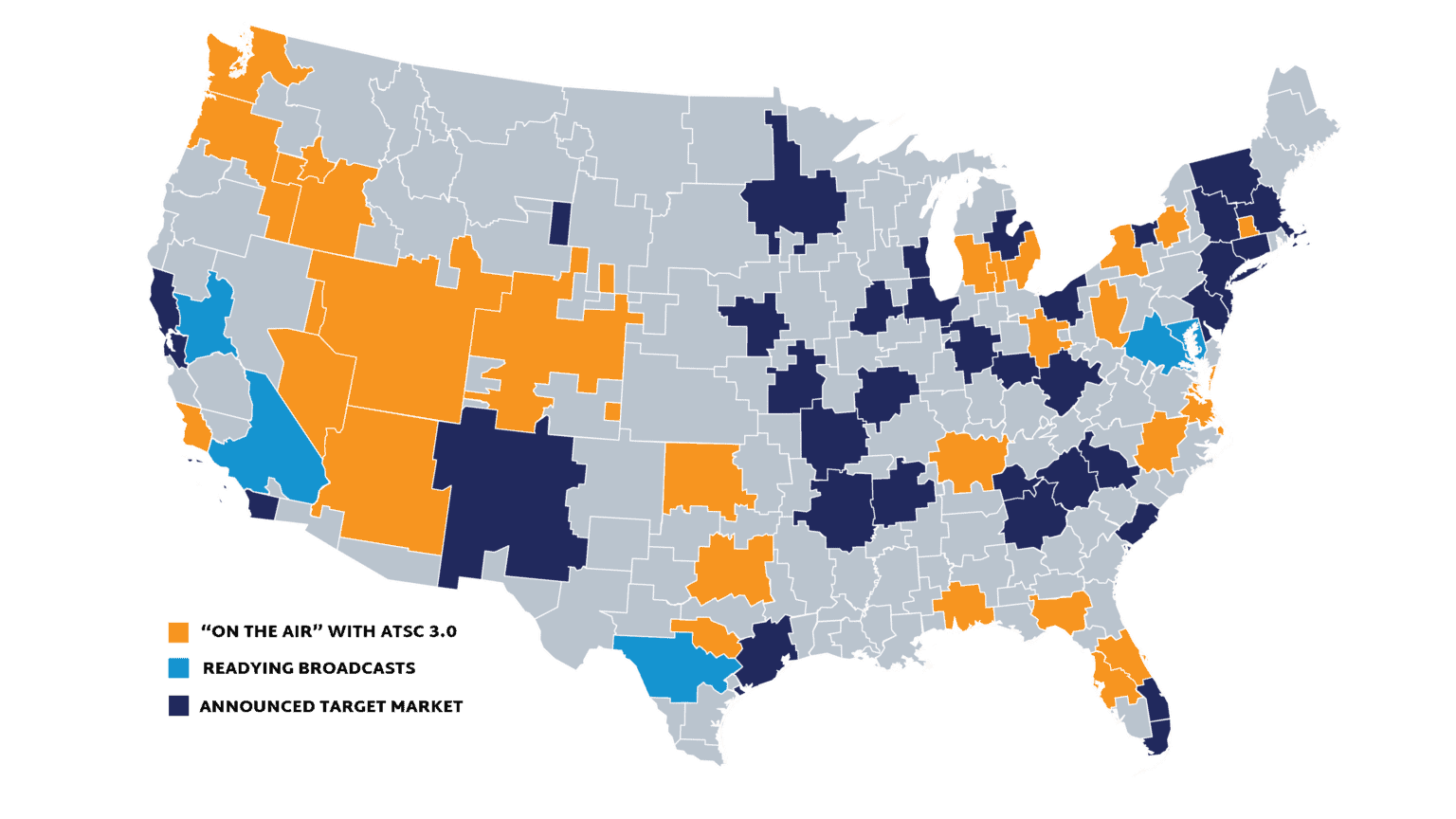
Under ordinary circumstances, a broadcaster’s response to the statement 'they're watching’ would probably be, “They better be watching.”
But these aren’t normal times. The TV industry is rolling out a wholly voluntary next-generation television standard. No temporary second channel assignments. No coupon programs. No mandatory switch-off deadlines. Just the broadcast industry and the public. Together, they’ll either make NextGen TV fly, or they won’t.
However, when it comes to ATSC 3.0, the “public” is much bigger than simply the 121 million TV homes in the United States. It includes just about anyone who has digital data—whether it’s in the form of video and audio content or something else—to distribute broadly.
In mid-June, an online discussion between representatives from Akamai, the content delivery network company, and the press crystalized that point. During the proceedings, the Akamai spokespeople identified the “last mile”—the final leg of content transport to viewers’ homes—as one of greatest challenges that must be overcome.
When your intrepid reporter asked about ATSC 3.0 as an IP transport method that could address this challenge, the reply was a bit of a surprise.
Turns out, Akamai is well-aware that 3.0 might be able to help, making it possible to leverage the strength of OTA broadcast to deliver IP packets of content to homes. In other words, they’re watching.
Not only are they watching, but Akamai has met with the Advanced Television Systems Committee about this very application of 3.0, its spokespeople revealed during the discussion.
The professional video industry's #1 source for news, trends and product and tech information. Sign up below.
None of this is to say that adopting ATSC 3.0 as an affordable alternative to other last-mile delivery methods is a slam dunk. A lot of things have to happen first, including broad adoption of 3.0 nationally, the proliferation of NextGen TV home gateways with enough memory to store lots of carouselled content and successful business negotiations.
However, the good news for broadcasters at this stage is that they are watching, and they’re taking notice of how ATSC 3.0 may one day solve a problem in the real world and in the process open up a new, consistent revenue stream to the television industry that does not exist today.
Click here for a map and list of where NextGen TV is now deployed.
Phil Kurz is a contributing editor to TV Tech. He has written about TV and video technology for more than 30 years and served as editor of three leading industry magazines. He earned a Bachelor of Journalism and a Master’s Degree in Journalism from the University of Missouri-Columbia School of Journalism.

